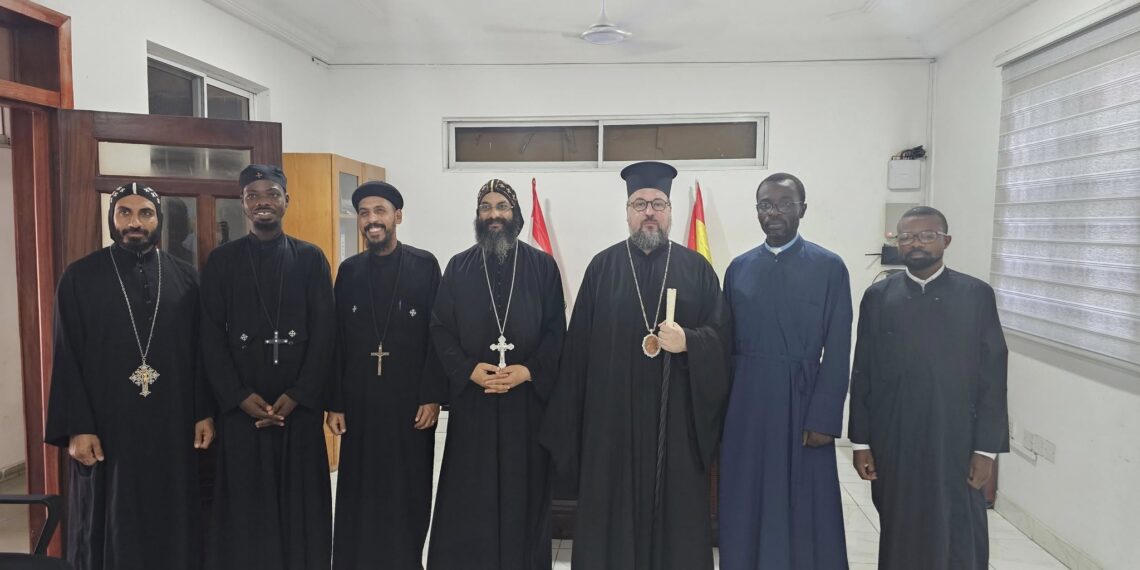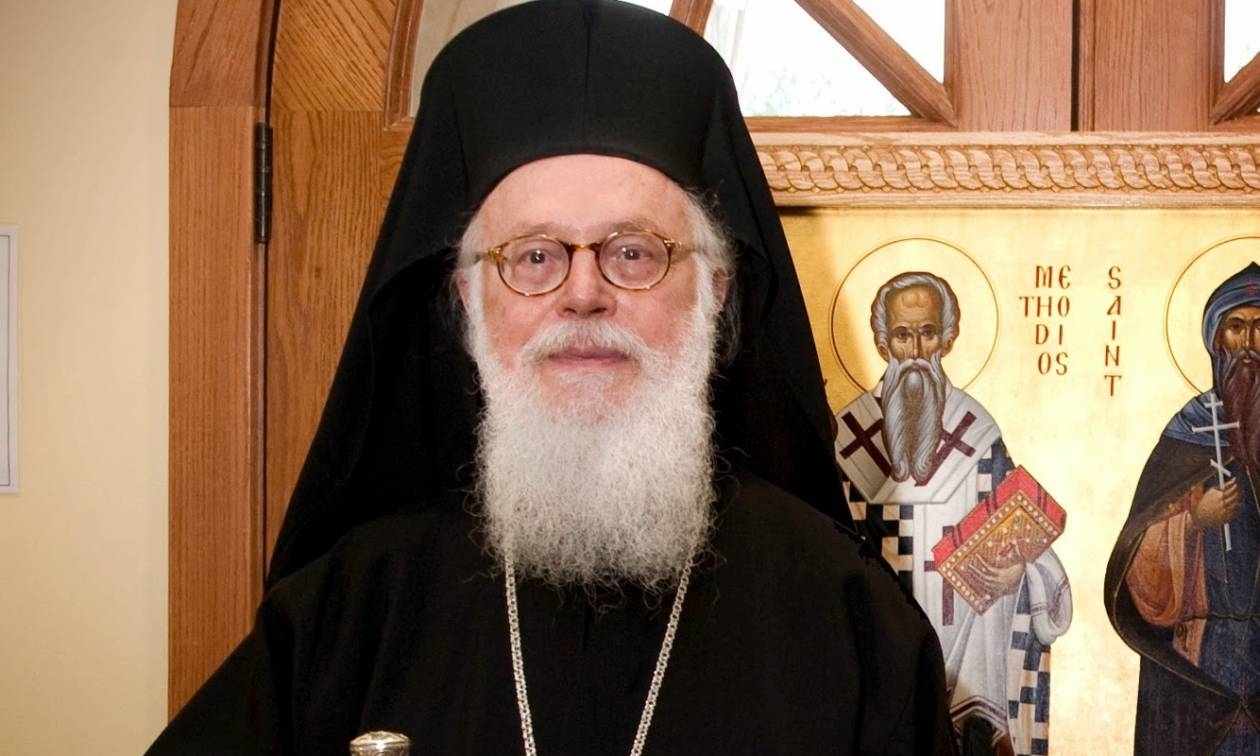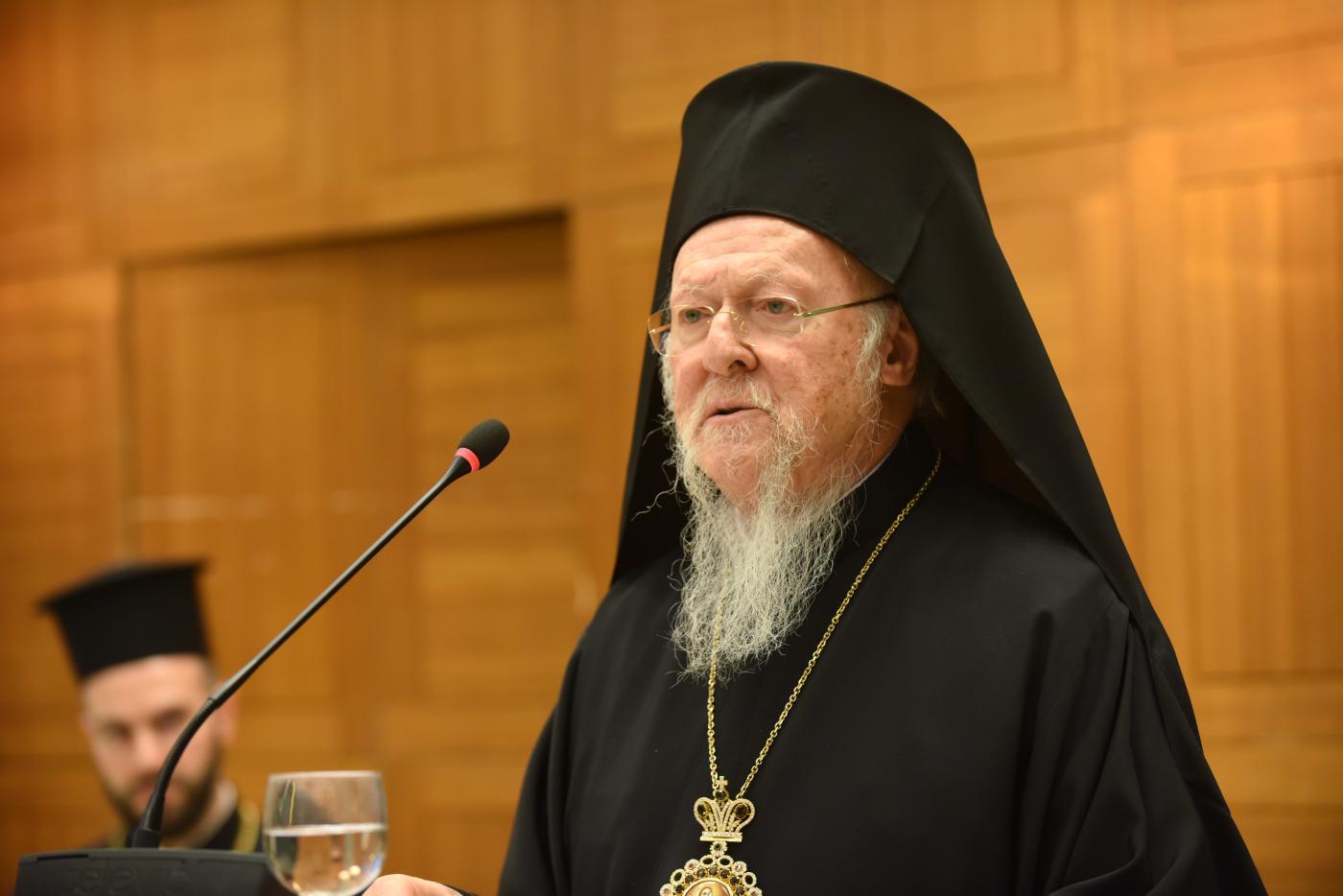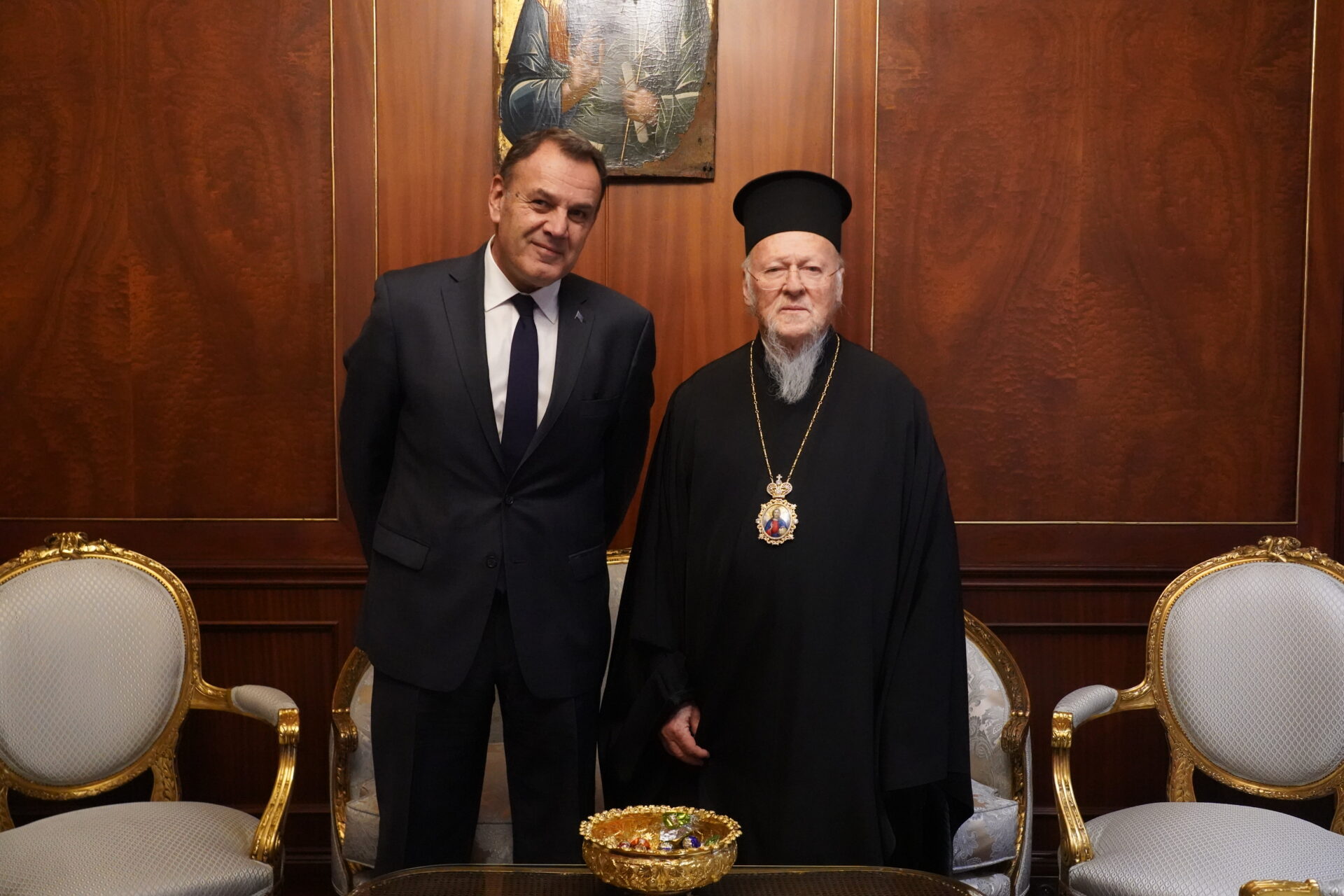The Placing of the Cincture (Sash) of the Mother of God (31 August)
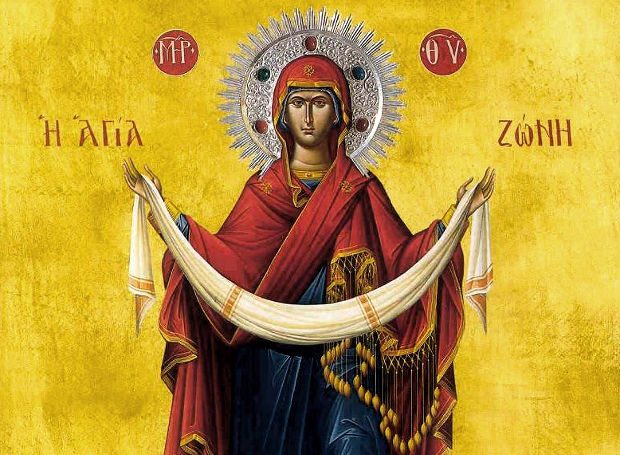

The Placing of the Venerable Belt of the Most Holy Theotokos in a church of Constantinople’s Chalcoprateia district took place during the reign of the emperor Theodosius the Younger. Before this the holy relic, entrusted to the Apostle Thomas by the Mother of God Herself, was kept by pious Christians at Jerusalem after Her Dormition. During the reign of Emperor Leo the Wise (886-911), his wife Zoe was afllicted with an unclean spirit, and he prayed that God would heal her.
The empress had a vision that she would be healed of her infirmity if the Belt of the Mother of God were placed upon her. The emperor then asked the Patriarch to open the coffer. The Patriarch removed the seal and opened the coffer in which the relic was kept, and the Belt of the Mother of God appeared completely whole and undamaged by time. The Patriarch placed the Belt on the sick empress, and immediately she was freed from her infirmity. They sang hymns of thanksgiving to the Most Holy Theotokos, then they placed the venerable Belt back into the coffer and resealed it.
In commemoration of the miraculous occurrence and the twofold Placing of the venerable Belt, the Feast of the Placing of the Venerable Belt of the Most Holy Theotokos was established. Parts of the holy Belt are in the Vatopedi monastery on Mt. Athos, in Trier monastery, and in Georgia.
Although the historical accounts differ somewhat, the Deposition that is celebrated today took place most likely during the reign of Emperor Arcadius (395-408), when the precious Cincture of the Mother of God was brought from Zela of Cappadocia to Constantinople, and placed in the Church of the Theotokos in the section of Chalcopratia.
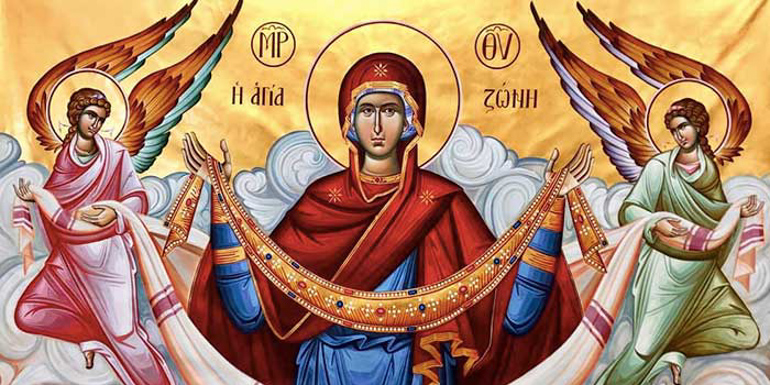

After her Dormition [Falling-asleep], the Holy Theotokos gave her cincture [sash] to the Apostle Thomas. That cincture was later brought to Constantinople and kept in a sealed reliquary in the Church of the Mother of God at Blachernae, founded by the royal foundation [Zaduzbina] of Empress Pulcheria. This reliquary was not opened until the time of Emperor Leo the Wise (886-912 A.D.). Leo’s wife, Empress Zoe, became mentally ill and, in accord with a heavenly vision, she desired that the girdle of the Most-holy Theotokos be placed on her. The emperor implored the patriarch, and the reliquary was opened. Then the girdle was removed and placed on the ailing empress. The empress was healed immediately. Today’s feast was instituted in commemoration of that miracle. Currently, one part of the girdle is to be found in Zugdidi, Georgia, because the daughter of Emperor Romanus was healed by the aid of this girdle–and when her father married her to the Georgian Emperor Abuchaz, she took part of the girdle with her. By order of the Russian Emperor Alexander I, a special church was built in Mingrelia, in Zugdidi, where that relic of the miracle-working garment of the Most-holy Theotokos is kept.
Apolytikion of Venerable Sash of the Theotokos
Plagal of the Fourth Tone
O Ever-Virgin Theotokos, shelter of mankind, thou hast bestowed upon thy people a mighty investure, even thine immaculate body’s raiment and sash, which by thy seedless childbirth have remained incorrupt; for in thee nature and time are made new. Wherefore, we implore thee to grant peace to the world, and great mercy to our souls.
Kontakion of Venerable Sash of the Theotokos
Second Tone
Thy precious sash, O Theotokos, which encompassed thy God-receiving womb, is an invincible force for thy flock, and an unfailing treasury of every good, O only Ever-virgin Mother.
Source: oca.org / goarch.org / westserbdio.org

